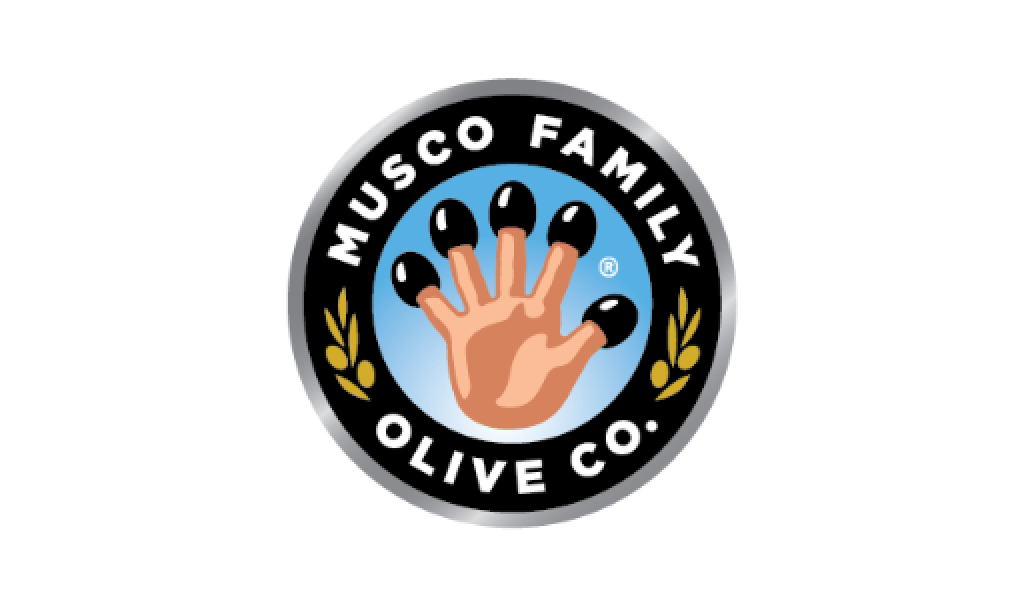How We Grow
Grown with Care on Family Farms.
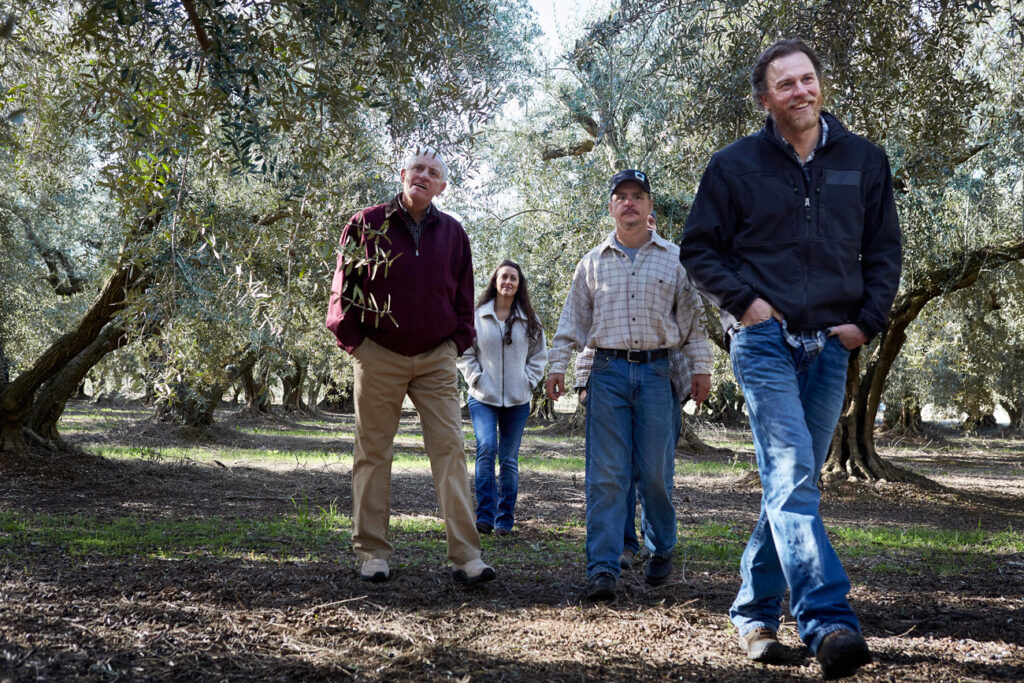
Grown with Care on Family Farms
California produces over 95% of the olives grown in the US–but that doesn’t mean we’re all big business. Hundreds of farmers and their families work each year to bring California Ripe Olives from their farms to your table. Our groves range from small 5-acre lots to 1,000-acre farms. No matter where they come from, each olive is treated with the highest level of care from planting to harvest by some of the finest stewards of the land.
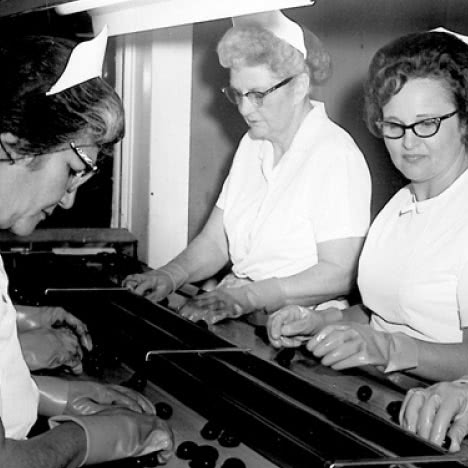
In 1769, the first olive cuttings were planted in California at the San Diego Mission where the olives thrived in California’s climate. Today, our olives grow in California’s Central Valley, where trees span the state from North to South. Over 56% California Ripe Olives groves are located in Tulare County in the central San Joaquin Valley. 36% of California Ripe Olives are grown in Sacramento, Glenn, Tehama, and Butte counties. The other 9% are grown in Kings, Kern, Fresno, and Madera Counties. California Ripe Olives are one of two varieties: Manzanillo and Sevillano. These two varieties produce different sizes of olives, giving consumers a choice ranging from small to colossal.
Meet Our Growers
California Ripe Olives are grown on family farms in the inland valleys of California from San Diego County to north of Sacramento. Our biggest growing regions are Tulare County in the San Joaquin Valley, and Glenn and Tehama Counties in the northern Sacramento Valley.
-
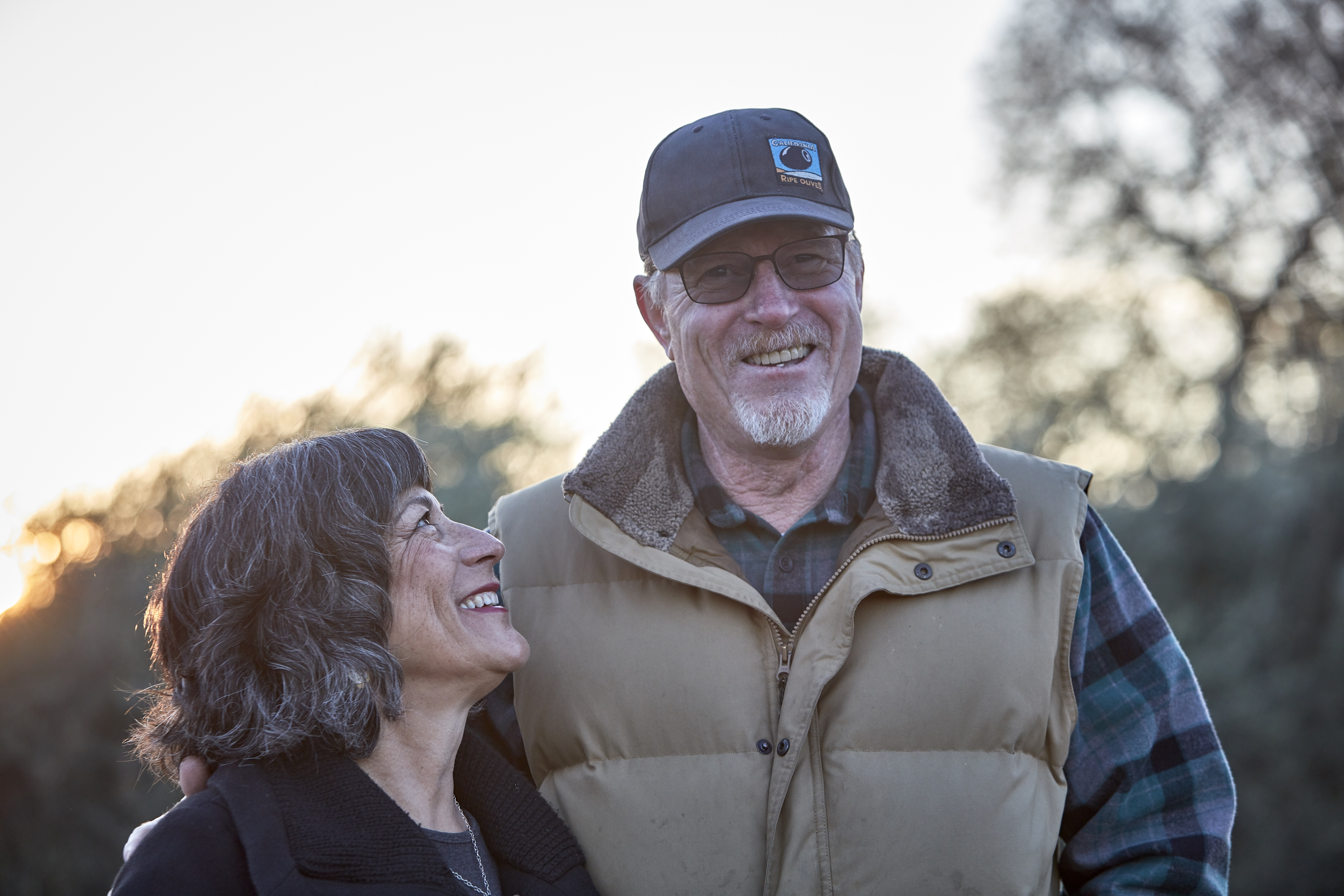
The Henderson Family
The Henderson Family
When Chris Henderson’s grandparents purchased their first olive grove in the mid-1960s, they may not have known that they would start a legacy that has lasted for three generations. Chris’ fondest childhood memories are intertwined with the branches of his family’s olive trees and those memories are what drives his passion for his craft today. Chris manages his olive grove with care—filled with trees he planted as a child—with his wife Rosalie in Northern California.
-
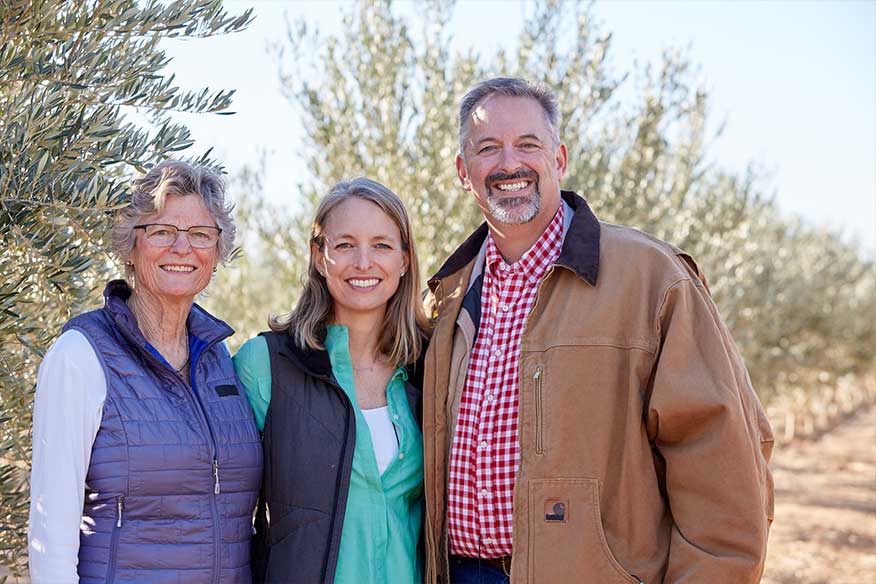
The Benson Family
The Benson Family
Rick Benson and his sister Laura Vandeweghe may be a fourth generation California farming family, but they’re the new kids on the block in regard to California Ripe Olive farming. When Rick attended a Tulare Farm Expo about 12 years ago, he met a nursery sales representative that introduced him to the idea of growing olive trees in the desert. With guidance and a blessing from his father, he took a chance on planting olives in the Imperial Valley of California. Being resistant to heat and other harsh conditions, the California Ripe Olives thrived. The Benson Family then made the move to plant more acres of olives in one California’s most beautiful desert landscapes, adjacent to the Salton Sea. Today, Rick and Laura enjoy working through challenges together. They find growing high-quality California Ripe Olive to be the ultimate reward for their efforts. Planting newer orchards has allowed the Bensons to experiment with new technology, including mechanical harvesting, and they see olives as the crop for the next generation. -
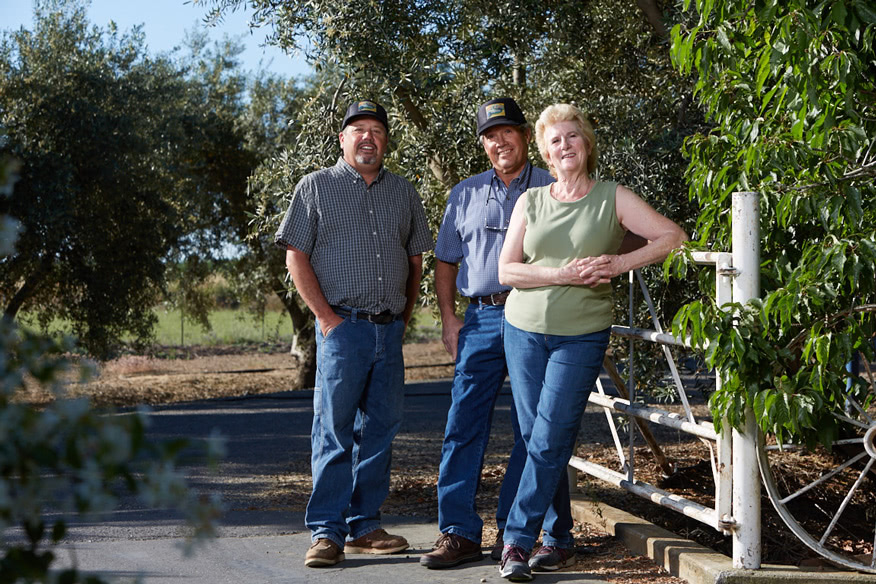
The Aguiar and Silveira Family
The Aguiar and Silveira Family
When Jeff Aguiar’s grandfather immigrated to the United States from Portugal, he took a chance on 10 acres of olives. With hard work and dedication, his family has now been growing California Ripe Olives for nearly 100 years.
Drive a short distance from Jeff’s family farm to Orland, California and you’ll find another stunning olive orchard belonging to his cousin, Mike Silveira. Mike was just 10 years old when his family decided to pursue growing California Ripe Olives. His first job on the farm was picking olives, and it didn’t take long for him to realize how many it would take to fill one box!
Today, Mike and his wife Susan take pride in their agricultural lifestyle, putting a lot of love into their farm, and getting delicious California Ripe Olives out of it!
-
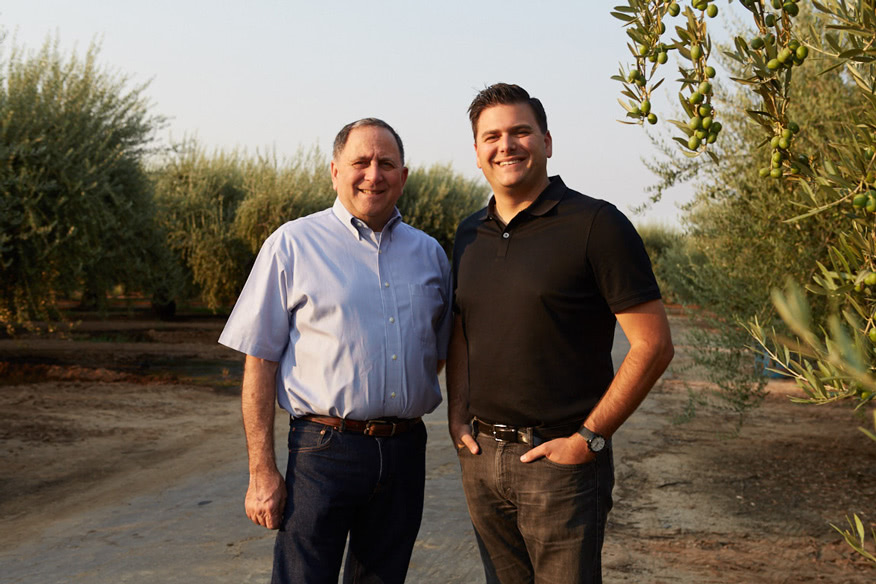
The Ricchiuti Family
The Ricchiuti Family
Pat Ricchiuti’s grandfather, Vincenzo, immigrated to the United States from Italy in 1914, planting the seeds of a family business that would continue to grow for several generations. Benefitting from Vincenzo’s wisdom, Pat’s father then began his own career as a grower, packer and shipper after returning home from World War II in 1946. He eventually planted a California Ripe Olive orchard in Clovis, California in the early 70s, which Pat and his son, Vincent, manage today.
Growing up in the groves has afforded Pat and Vincent a deep understanding of the value of hard work, and many fond memories, such as learning how to drive a tractor before a car! Taking each family lesson into careful consideration, this father-son duo now proudly works hand-in-hand, watching their business thrive and taking their family’s legacy to new heights.
-
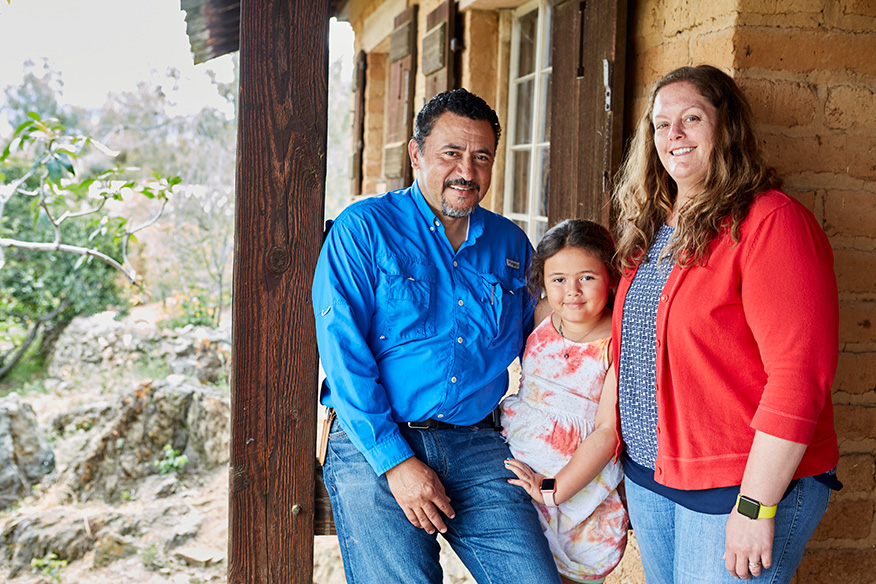
The Inestroza Family
The Inestroza Family
In 1917, Walter L. Richardson walked 200 miles through Central California from Pasadena to Porterville to start a new life for his family. There, he founded Tenalu Ranch, a multi-acre farm located in the foothills of the Sierra Nevada Mountains in California’s fertile Central Valley.
Today, his great-granddaughter Julia Inestroza and her husband Jorge run the farm harvesting 50 acres of Manzanillo and Sevillano olives ready to be packed and shipped to stores across the country and around the world.
Whether Jorge is whipping up his famous Pasta Puttanesca or Julia is making a delicious snack for their daughter, they are filled with pride every time they open a can of California Ripe Olives knowing the love and care that went into growing and harvesting each olive.
-
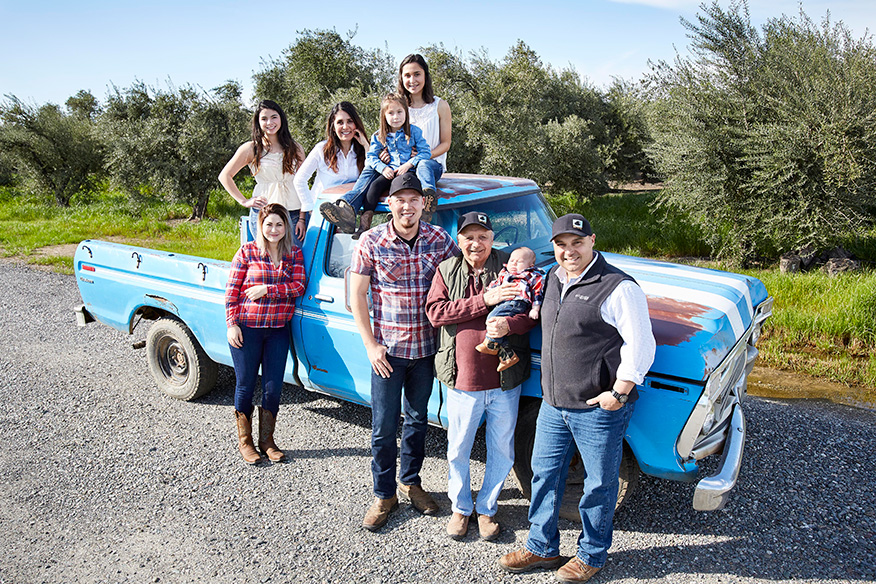
The Curiel Family
The Curiel Family
Although they didn’t start growing their own olives until 2001, Ed Curiel and his family have a long history in California Ripe Olives farming.
Ed’s father, Jose, emigrated from Mexico in the early 1960s to work in California orchards, picking olives, peaches and other crops. “Old Blue,” the family’s trusted truck served as not only their transportation, but also their home, as they migrated from Mexico to California throughout the years. In 1980s, the Curiel family made Corning, California their permanent residence, and two decades later, purchased the very olive orchard they used to hand pick.
Today, the Curiel family extends beyond Ed’s immediate family, it also includes the same harvest crew they have worked with for more than 15 years, and of course, “Old Blue.”
-
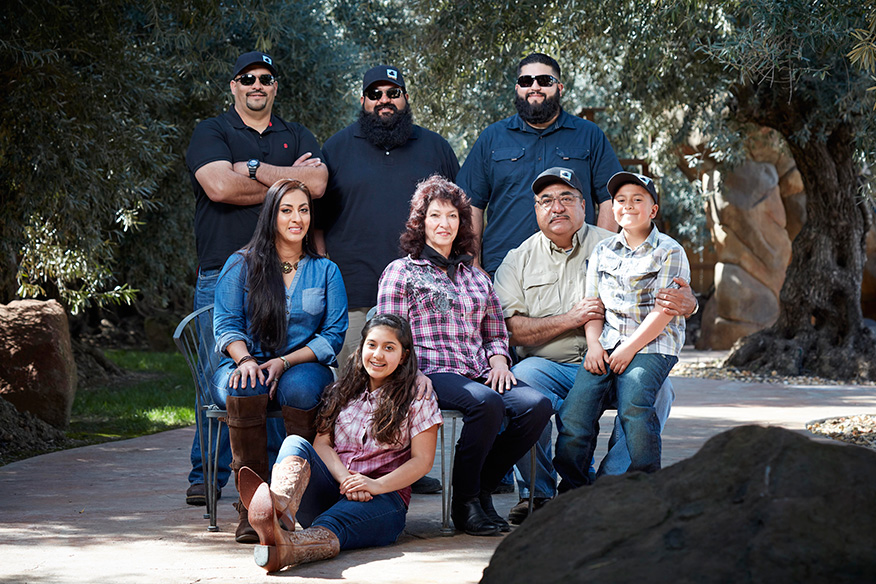
The Nerey Family
The Nerey Family
Juan Nerey’s father brought his family to the United States several decades ago to work as a laborer in the olive groves of Northern California. With hard work and financial assistance from family members, Juan was able to buy his first grove and harvest his own California olives. Over the years, the Nerey family has expanded their operation with Juan’s son, Pablo, managing the family’s olive growing operation alongside his brothers, Juan Carlos and Oscar.
Today, Pablo is raising the Nerey’s fourth-generation of California olive growers, teaching his son, Pablo Jr., what his father has taught him about farming and sharing his love for California Ripe Olives.
-
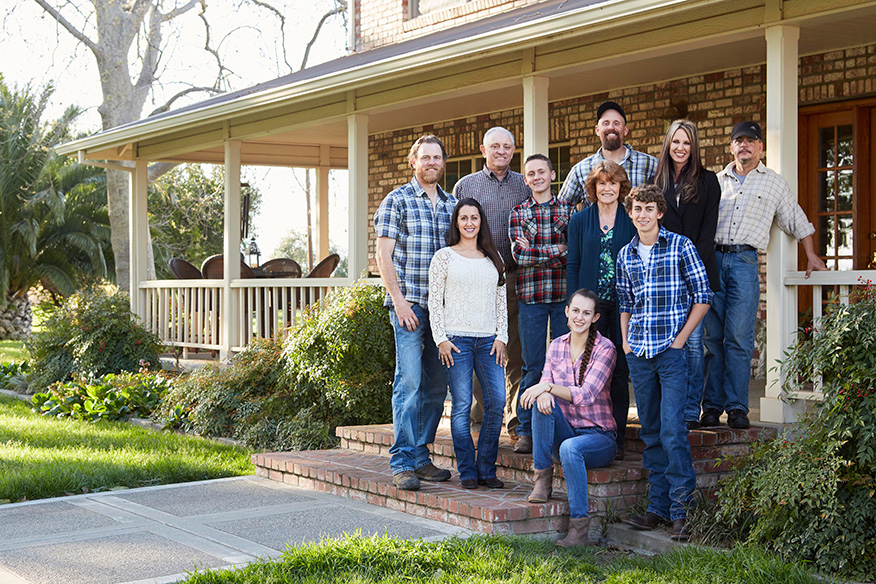
The Burreson Family
The Burreson Family
Dennis and Mary Jo Burreson started growing California Ripe Olives in the northern part of the state over 35 years ago. Their three sons, Shane, Heath and Seth all grew up in the groves, handling irrigation duties and learning the ropes from their dad. Today, each son has his own California Ripe Olive grove, contributing to the growing of California Ripe Olives with their dad and making innovative strides by being some of the first ripe olive growers to plant groves set up for mechanical harvesting. The same hard work and dedication started by Dennis and Mary Jo many years ago is passed on to their grandchildren, setting the stage for a new generation of California olive growers. -
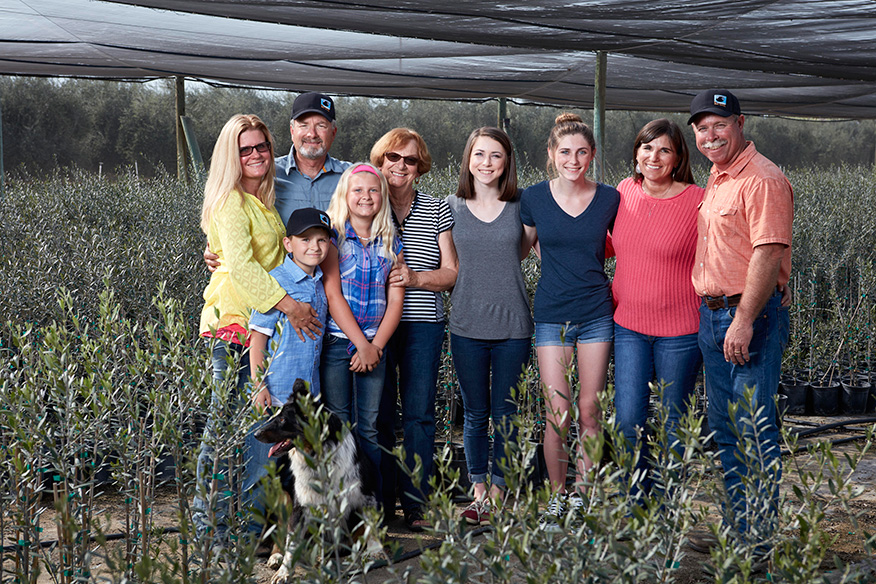
The DeLeonardis Family
The DeLeonardis Family
In 1922, Vito DeLeonardis and Natalie Jameson’s grandfather came to the United States from Italy to pursue his dream of farming. He started in the California Ripe Olive business grafting and budding trees in a nursery before purchasing his own land to grow and harvest olives in California’s Central Valley. Today, Vito and his brother-in-law Johnny manage the family olive nursery nestled in the fertile central valley alongside their many acres of olive groves.
The growing of olives continues to be a family affair with Grandma Mary not far from the everyday operations and Vito and Natalie’s children learning the unique and careful process of growing California Ripe Olives and appreciating the benefits of a family farming lifestyle
-

The Erickson Family
The Erickson Family
The Erickson family represents five generations of olive growers in the Central Valley of California. They started farming in Easton, just south of Fresno, in 1879 and 30 years later, bought the ranch where their first olive grove still stands today. Jim Erickson and his sons, Lee and Jason, continue the tradition of family farming started decades ago by meeting each and every morning to start their work on the farm.
For the Erickson’s, they believe that there is something truly special in being able to walk the same groves as the many generations before them. A sixth generation of California olive growers are waiting in the wings, but in the meantime, they’ll happily enjoy their California Ripe Olives right out of the can.

The Olive Season in California
Olive trees are naturally an alternate bearing fruit, meaning their production amounts can vary from 50,000 tons one year to over 160,000 the next. Olive trees generally bloom in May, with small cream-colored flowers blossoming throughout the orchards, and continue to grow and start to ripen throughout the summer. Harvest generally starts in early September and concludes in mid-November while the olives are still green in color, but are starting to darken.
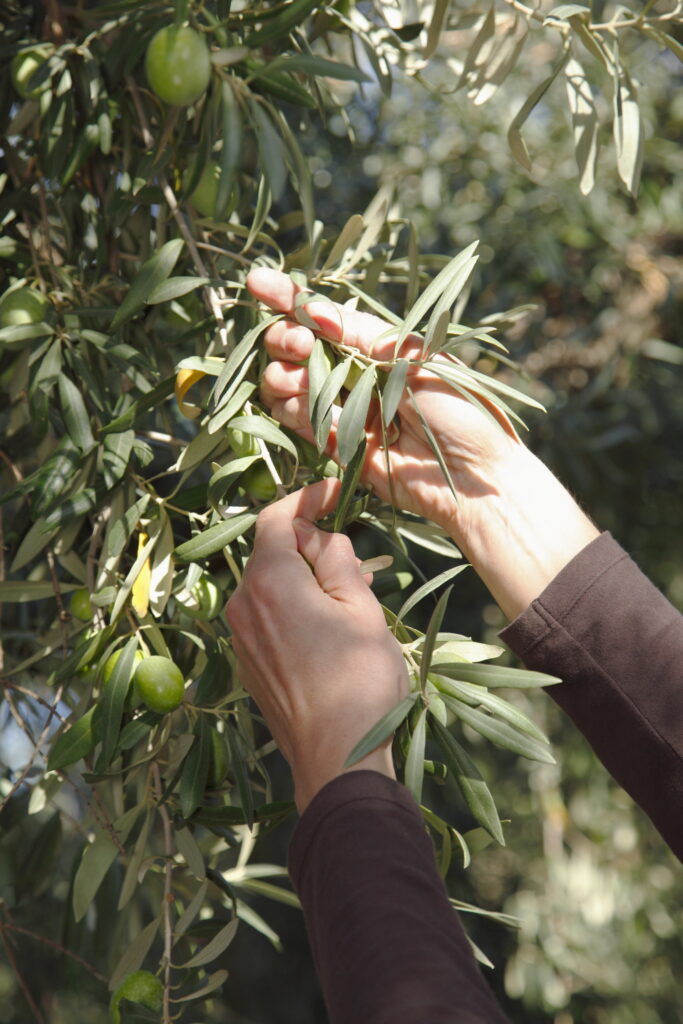
California Ripe Olives can be harvested by hand, or with a mechanical harvester. For hand-harvesting, crews use ladders to reach the fruit and carefully pick the olives off each branch, tree by tree. There can be up to 1,000 olives on each tree, so each crew member is only able to harvest 2 or 3 trees in a day. Some farmers are now utilizing mechanical harvesting, which increases the speed in which olives are harvested. Upon harvesting, the olives are then sent to one of California’s two processing plants where they are sorted, graded, and stored until ready for curing.
There Are Two Olive Canneries
in California
Both are multi-generational family businesses.

